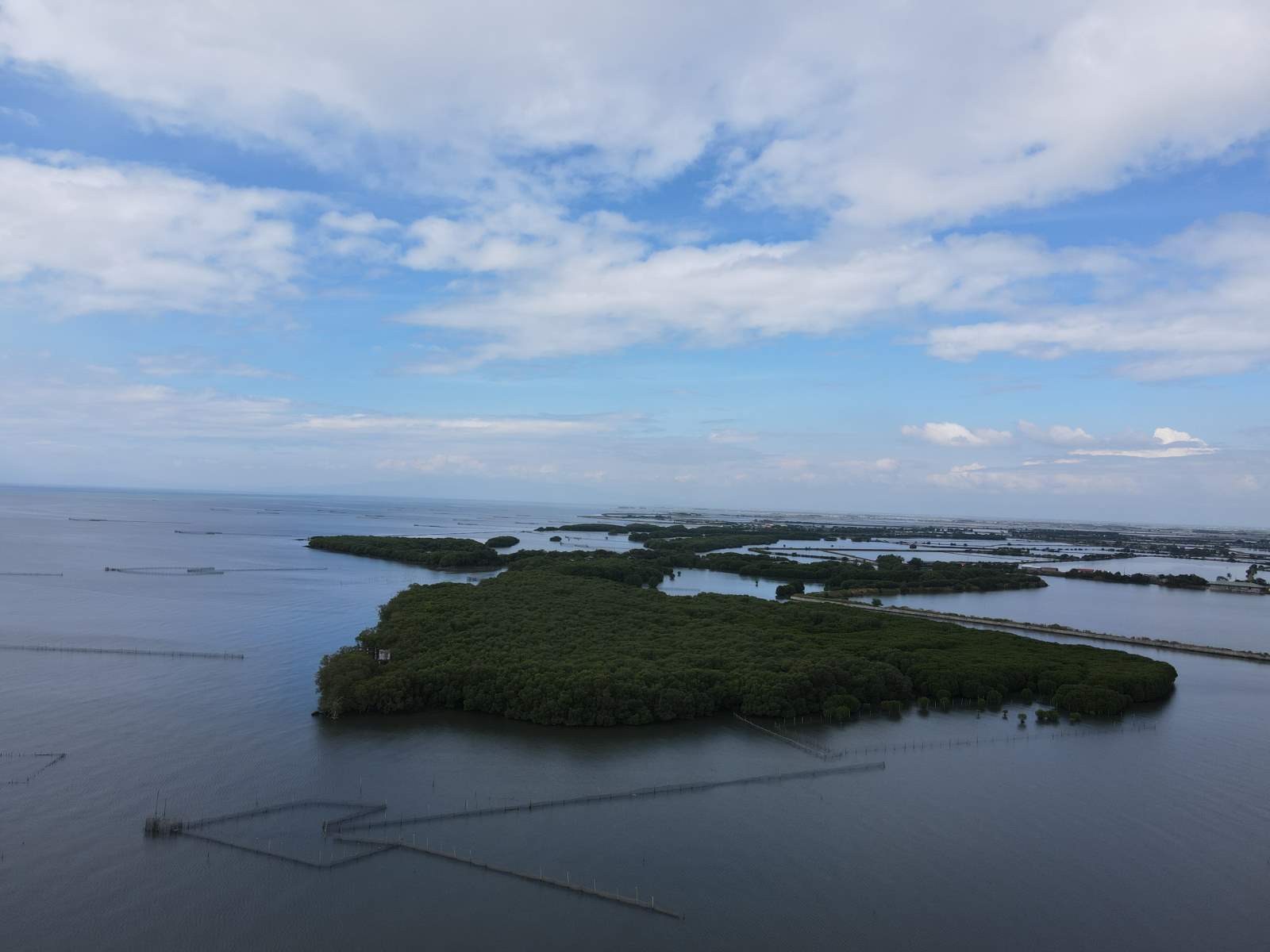Introduction
The urban area in the catchment of Manila Bayis expected to double in terms of population by the Year 2050. Due to the growing challenges in Manila Bay, such as increasing population, climate change and large numbers of unsolicited investment proposals, the National Economic and Development Authority (NEDA) initiated the Manila Bay Sustainable Development Masterplan (MBSDMP) [1], in collaboration with the Government of Netherlands.
On the urgency to address the growing Manila Bay challenges, on February 2019, the President of the Philippines, His Excellency Rodrigo Duterte issued Administrative Order No. 16 – expediting the rehabilitation and restoration of the coastal and marine ecosystem of the Manila Bay and creating the Manila Bay Task Force (MBTF) under the leadership of DENR Secretary Roy Cimatu. The MBTF divided the task with the creation of the Key Result Areas (KRA) with KRA 7 (under the leadership of NEDA) is), including the formulation of thea master plan – the MBSDMP.Manila Bay Sustainable Development Masterplan ( MBSDMP). The MBSDMP complements and builds on the outcomes of the short-term plan (up to 2022) of the MBTF that are intended largely for cleaning up the Manila Bay. This also gives an opportunity to ensure ownership withwithin Philippine government agencies for the follow-up of the MBSDMP activities. Likewise, NEDA and the LCF areis in discussion with line-agencies and local government units regarding the follow-up.
The Manila Bay Sustainable Development Masterplan Is a comprehensive Master PlanMasterplan aiming to protect and improve the Manila Bay ecosystem and the surrounding communities. The success of MBSDMP is dependent upon four pillars. One of the pillars is “Prompt implementation of its six priority measures” to bridge the gap between the current state of Manila Bay and the projected goal in 2040. One of these priority measures is to:
"Reduce the exposure of people, livelihood, and properties to flooding."
To obtain this, the Manila Bay Sustainable Development Masterplan includes strategies not limited to establishing an institutional set-up, promoting environmentally friendly developments, opportunities to increase their livelihood, and guidance to implement priority Programs, Activities, and Projects (PAPs).
Discussions with development partners, the Philippine government and Dutch organizations indicate a willingness to take the activities forward. However, the actions proposed in the MBSDMP Action Plan and Investment Report are mostly not precise enough for implementing agencies, investors and donors to move them forward. In 2021, The Netherlands Enterprise Agency commissioned a team of experts to formulate follow-up projects considered to be a priority by both government, stakeholders and development partners. One of these priority projects is the formulation of flood protection measures for the northern coast of Manila Bay.
The Manila Bay Atlas [2] which is part of the MBSDMP shows that Metro Manila will rapidly expand northwards into the provinces of Bulacan and Pampanga in the years to come. The provinces are adjacent to Manila Bay and are part of the North Manila Bay Delta, harbouring two main river outflows; the Pampanga River and Angat River. Decades of expanding the coastline, sea-level rise, river flow narrowing, and in recent decades rapid land subsidence makes the North Manila Bay Delta area increasingly vulnerable to flooding.
Due to the frequently occurring floods and the projected population expansion towards North Manila Bay, the Netherlands Enterprise Agency and the Dutch Embassy tendered the North Manila Bay Flood Protection Strategy. Royal HaskoningDHV was awarded the project in September 2021. The North Manila Bay Flood Protection Strategy was finalized in February 2022.

As described, the flooding can be attributed to several factors, and the MBSDMP has defined that Nature-based Solutions should be part of a suitable and sustainable flood protection solution to protect the property livelihood of people living at the coast in the North Manila Bay, as well as restoring and protecting environmentally essential biodiversity areas. Moreover, when applied correctly, Nature-based Solutions provide more economic life cycle costs solution for flood protection than traditional engineering solutions.
This study is named the North Manila Bay Flood Protection Strategy, a follow-up from the MBSDMP, and is funded by the Netherlands Enterprise Agency. The North Manila Bay Flood Protection Strategy is focussed on the priority measures of the MBSDMP, in particular, the measure "Reduce Exploring in Flooding" action plan, action: "REF003 | Design and Implement Nature-Based Flood Protection Solutions" [1]. The goal of this strategy is:
"To develop a Flood Protection Strategy which identifies sustainable, nature-based flood protection measures for the Northern Manila Bay coastal area, and to recommend pilot locations for implementation of these measures."
The Team
The Netherlands Enterprise Agency is represented by: | ||
· Matthijs Zijlmans – Program Advisor | Netherlands Enterprise Agency | |
· Rien van Zetten – Senior flood consultant expert | Rijkswaterstaat | |
The North Manila Bay Flood Protection Strategy team consist of the following senior staff: | ||
· George Peters – Project Director | Royal HaskoningDHV | |
· Jan Willem Nell – Technical Director | RoyalHaskoningDHV | |
· Marylene Labitan – Project Manager | Royal HaskoningDHV | |
· Jeffrey Alfred Tanael – Project Manager | Royal HaskoningDHV | |
· Jan-Jaap Brinkman – Senior Advisor | Deltares | |
· Arne Jensen – Senior Ecologist and Biodiversity expert | Nordic Agency for Ecology and Development | |
· Petra Dankers – Building with Nature expert | Royal HaskoningDHV | |
· Rose Calilung – Stakeholders consultancy expert | Independent consultant | |
· Atty. Rafael Chris Teston – Institutional expert | Independent consultant | |